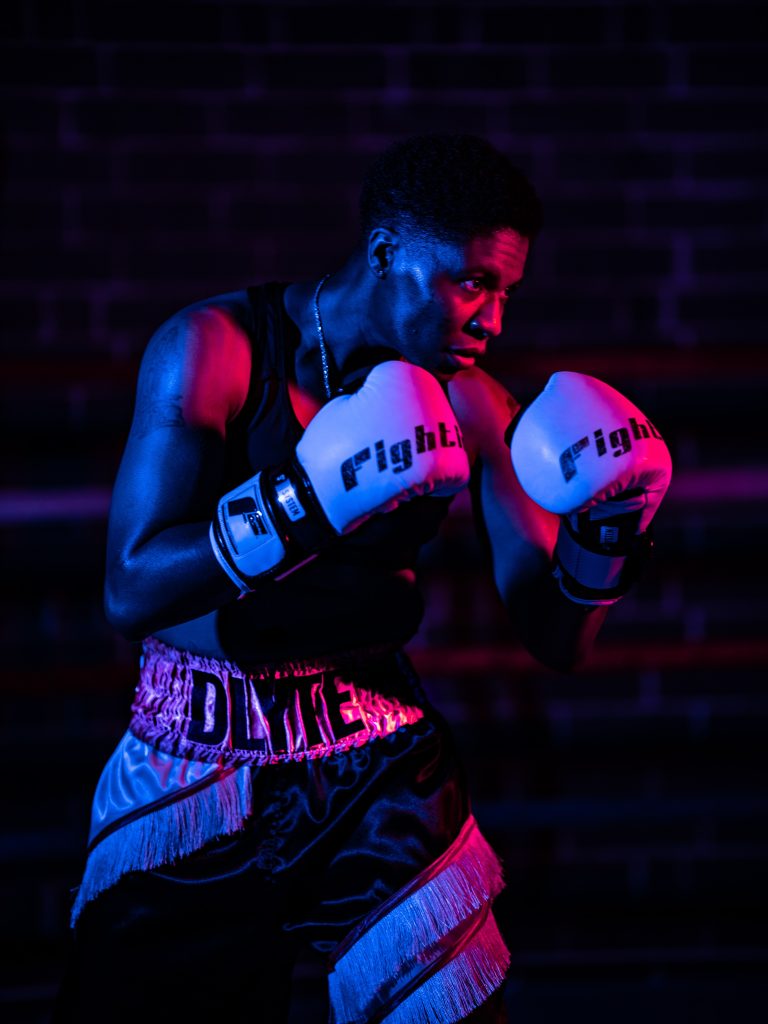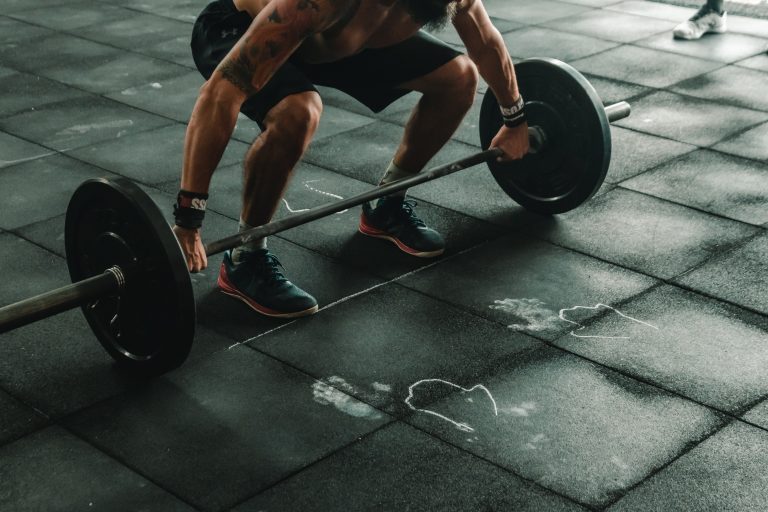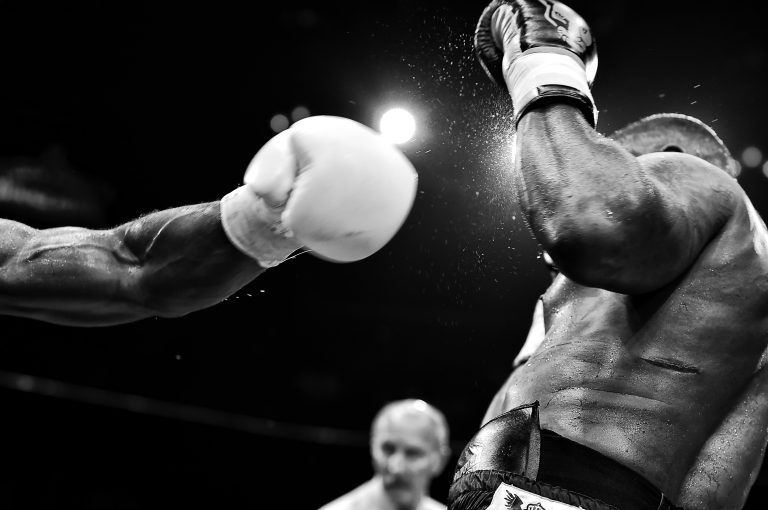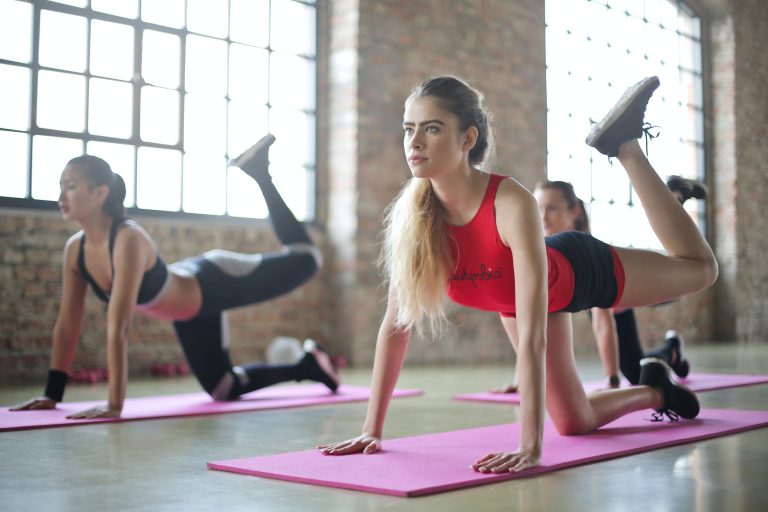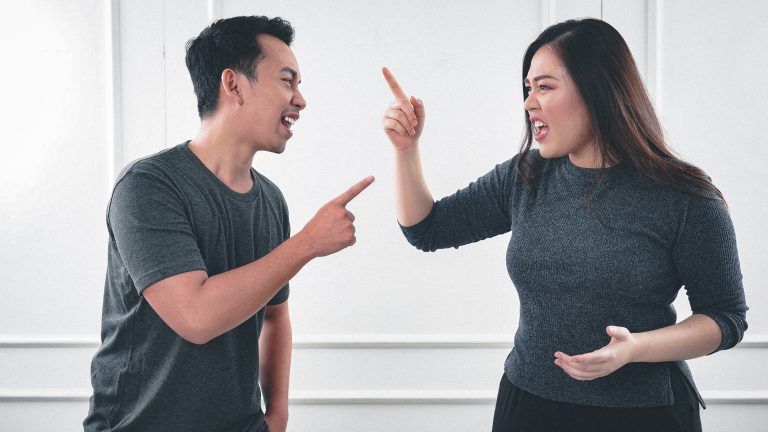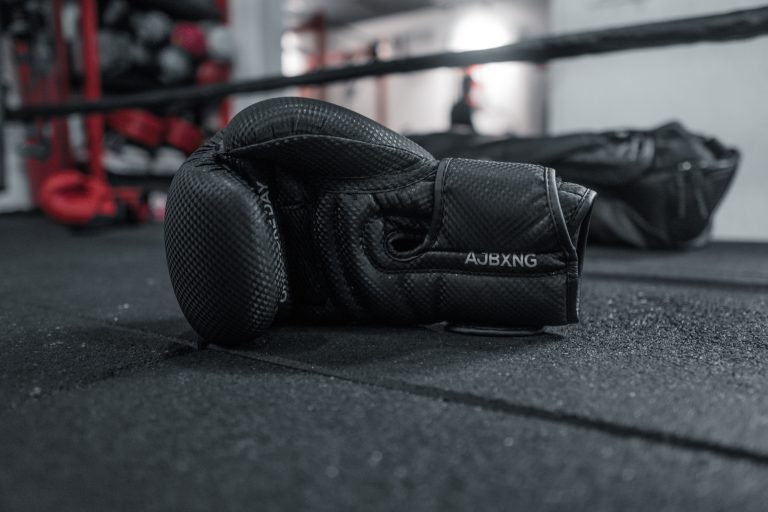What Is The Difference Between Shotokan and Okinawan Karate Do?
Karate is an ancient martial art originated in Okinawa, Japan. It has become a popular form of exercise and self-defense with millions of practitioners around the world. Karate practitioners may study either Shotokan or Okinawan forms of the martial art. In order to understand the difference between Shotokan and Okinawan karate, it is important to first explore the history of the two styles.
Okinawan Karate Do: A Brief History
Karate originated in Okinawa, Japan, a small island country located south of mainland Japan. The exact origin of karate is unclear, though some accounts claim that it was developed by the Ryukyu Kingdom as a martial art form to defend against intruders from China.
The first documented account of Okinawan karate dates back to 1600 AD when the samurai lord Gosuke Shimazu brought the art to Okinawa after his travels to China. The martial art form was refined and modified by the Okinawans and is believed to have been influenced by Chinese martial arts such as Shaolin kung fu and White Crane kung fu.
In 1879, Kanryo Higaonna founded the Naha-te style of karate, which was the most popular style practiced for over a century. Higaonna’s student, Gichin Funakoshi, later began teaching karate outside of Okinawa. He founded the Shotokan style of karate, which became the most popular form of karate in the world.
Shotokan Karate Do: A Brief History
Gichin Funakoshi is known as the father of modern karate. After studying under Kanryo Higaonna, he travelled around Japan teaching karate and later moved to Tokyo where he opened the first Shotokan dojo in 1922. Funakoshi utilized his experience to create a new style of karate known as “Shoto-kan”, named after the pen name that Funakoshi used when writing poetry.
Funakoshi refined and modified Naha-te, emphasizing linear movement and emphasizing the strikes from fingers, fist, and foot among others. He also developed a system of forms known as “Kata”, which are sequences of predetermined movements used to practice and refine technique.
Funakoshi’s system gained more popularity outside Okinawa, particularly in Tokyo. Soon other schools began to adopt the Shotokan style and it became one of the most popular and influential forms of karate in the world today.
Comparing Shotokan and Okinawan Karate Do
Shotokan and Okinawan karate differ in their approach, philosophy, and even terminology. Understanding the differences between these two styles can help practitioners decide which form is best suited for them.
Philosophies
Okinawan karate emphasizes self-defense, while Shotokan is more focused on competition. Historically, Okinawan karate was focused on defending against enemies while Shotokan was developed in response to the growing popularity of sports tournaments in Japan. As a result, Okinawan karate emphasizes blocking techniques while Shotokan places more emphasis on power and speed.
Terms
Okinawan karate uses terms like “te” for hand, “ju” for foot, and “gi” for arm, while Shotokan uses words such as “age” for rising from a crouch and “uchi” for a strike. Additionally, Shotokan utilizes “karate-do” instead of “karate-jutsu”, signifying its focus on the development of self-defense skills through training rather than relying on memorized techniques.
Kata
Kata are traditional sequences of movements used in karate training. Shotokan utilizes both traditional Naha-te and Okinawan kata, with many Shotokan practitioners learning both forms of kata in an effort to become more well-rounded martial artists. While Shotokan focuses more on linear movements, Okinawan kata emphasizes circular movements that require less energy expenditure but retain effectiveness.
Training Approach
Okinawan karate emphasizes flow and efficiency in techniques while Shotokan emphasizes power and speed when executing techniques. Additionally, Shotokan students are often encouraged to compete in tournaments while Okinawan students are encouraged to use sparring sparingly in order to focus on honing their technique rather than winning at competitions.
Conclusion
Choosing between Shotokan and Okinawan karate can be a difficult decision for prospective practitioners. Understanding the differences between these two styles can help practitioners decide which form best suits their goals and interests. Okinawan karate emphasizes self-defense over competition while Shotokan places more emphasis on power and speed in techniques. Additionally, Shotokan focuses on linear rather than circular movements and competitions are a priority for most practitioners. On the other hand, Okinawan karate is more focused on flow and efficiency in techniques and encourages sparing usage of sparring when training. Ultimately, only prospective practitioners can decide which style is right for them after exploring each style’s philosophies, terms, forms of training, and competitive requirements.
References:
1) Miyagi Chojun & Gichin Funakoshi (2017). The History of Karate Do Okinawa: A Comprehensive Guide To Modern And Traditional Okinawan Martial Arts Systems. Keibunkan Press
2) Foreman, W. (2018). The Differences Between Shotokan Karate & Okinawan Karate | Livestrong.com .Retrieved from https://www.livestrong.com/article/182809-the-differences-between-shotokan-karate-okinawan-karate/
3) Donaldson IV, S., Ph., D., McSweeney, P., Ph., D., & Farrell Leslie (2008).Grammars Of Martial Arts Styles: An Attempt At Linguistic Classification Of Styles In Selected Fighting Arts Techniques In And Theory Of Martial Arts Volumes 2 & 3. Osaka University Press
What Is The Difference Between Shotokan and Okinawan Karate Do?
There are many different types of karate styles practiced all over the world, but when it comes to Shotokan and Okinawan karate, there are some significant differences that set them apart. If you’re interested in learning more about these two karate styles and want to know what sets them apart from each other, read on for answers to some of the most frequently asked questions.
What Is Shotokan Karate?
Shotokan karate is a type of traditional karate that was developed by Gichin Funakoshi in the early 20th century. The name „Shotokan“ comes from Funakoshi’s pen name, which he used when writing poetry. Shotokan karate is known for its emphasis on strong, linear techniques and powerful strikes, which make it a popular style for self-defense.
What Is Okinawan Karate Do?
Okinawan karate is another traditional karate style that originated in Okinawa, Japan. It is known for its focus on circular, flowing movements and its emphasis on the development of internal energy, or ki. Unlike Shotokan karate, Okinawan karate is also known for its use of grappling and joint-locking techniques.
What Are Some of the Key Differences Between the Two Styles?
One of the main differences between Shotokan and Okinawan karate is the emphasis on technique. Shotokan karate is known for its strong, linear movements and powerful strikes, while Okinawan karate focuses more on flowing, circular movements and the development of internal energy.
Another key difference is the use of grappling and joint-locking techniques. While Okinawan karate emphasizes these techniques, Shotokan karate does not. Shotokan karate is also known for its use of katas, which are pre-arranged sequences of movements designed to teach students different techniques and improve their overall technique and form.
Which Style Is Better for Self-Defense?
Both Shotokan and Okinawan karate can be effective for self-defense, but which one is better for you will depend on your own individual needs and preferences. If you prefer a more aggressive, linear approach to self-defense, Shotokan karate may be the better choice for you. On the other hand, if you prefer a more flowing, circular approach that emphasizes grappling and joint-locking techniques, Okinawan karate may be a better fit.
Which Style Is More Popular?
Both styles of karate are popular and have their own dedicated following. However, Shotokan karate is generally considered to be more mainstream and has a larger following than Okinawan karate.
What Are Some of the Benefits of Practicing Karate?
No matter which style of karate you choose to practice, there are many benefits to be gained from studying the martial art. Some of the potential benefits include:
Improved Physical Fitness:
Practicing karate can help improve your overall physical fitness by increasing your strength, flexibility, and endurance.
Enhanced Self-Defense Skills:
Whether you practice Shotokan or Okinawan karate, both styles can help you develop self-defense skills that could prove useful in real-life situations.
Increased Self-Confidence:
Through regular practice, karate can help you build self-confidence, self-discipline, and self-control.
Conclusion
In conclusion, Shotokan and Okinawan karate are two distinct karate styles that differ in their approach to technique, grappling, and joint-locking techniques. Both styles have their own unique benefits and can be effective for self-defense. By choosing the style that best suits your individual needs and preferences, you can enjoy all the benefits that karate has to offer, including improved physical fitness, enhanced self-defense skills, and greater self-confidence.
Inhaltsverzeichnis

